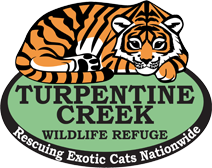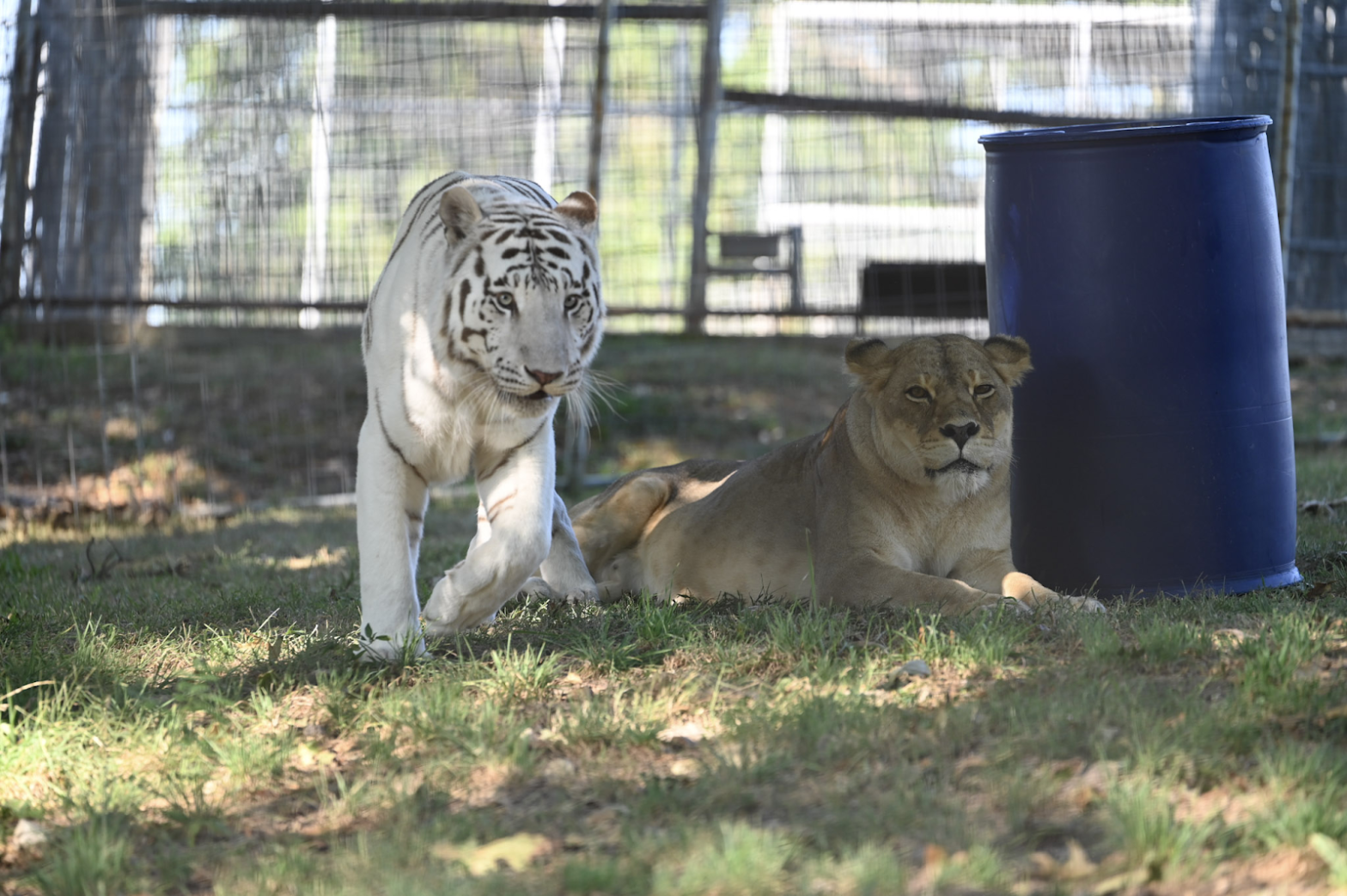
TCWR is the forever home for many species of cats, including tigers, lions, leopards, jaguars, cougars, servals, bobcats, and hybrids. However, there are species of cats in the exotic pet trade that we don’t have. On the one hand, it’s a good thing because it means that there aren’t any of those species near us that need rescuing. On the other hand, it means that we don’t educate about those species. Because ending the exotic pet trade and cub petting industries would affect all exotic cats, we wanted to talk about some of the cats we don’t have.
One of the cats we are asked about the most are cheetahs. Most cheetahs in sanctuaries are retired from Species Survival Program (SSP) breeding. As part of the SSP, cheetahs in accredited facilities are bred to create genetic diversity to help with their conservation. Cheetahs are under the Vulnerable category according to the IUCN Red List. This means their wild population is decreasing. The SSP has a goal to prevent them from reaching Endangered status. After a cheetah has retired from SSP breeding programs, they are rehomed to accredited sanctuaries. This is where they will spend the rest of their lives.
Cheetahs are the fastest land mammal in the world and can accelerate from 0-60 mph in 3 seconds. They need a lot of space away from other animals, especially lions. This is due to being easily stressed and non-confrontational. TCWR doesn’t currently have an ideal habitat for a cheetah.
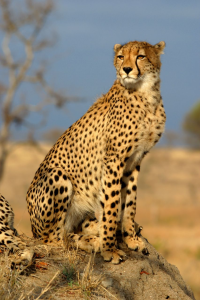
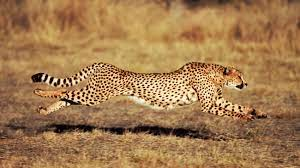
Many people think our bobcats are lynx. At the moment, TCWR is not home to any lynx. Lynx in sanctuaries often have met the same fate as our bobcats – taken out of the wild under the assumption they will make good house pets. People may rehome them because they have learned that these wild animals don’t make good pets. Sanctuaries will also rescue them as part of big fake facility takedowns.
Lynx are any of four species in the Lynx family, which does include bobcats. All bobcats are lynx, not all lynx are bobcats. TCWR is not home to any Canadian Lynx, Iberian/Siberian Lynx, or Eurasian/Spanish Lynx.
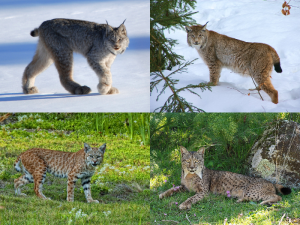
Caracals are another wild cat people think make good pets. As a result, they end up at sanctuaries when people can’t take care of them anymore or when the cat gets aggressive or violent. TCWR is not currently home to any caracals, but we did give a forever home to a caracal named Carrie in the early 2000s.
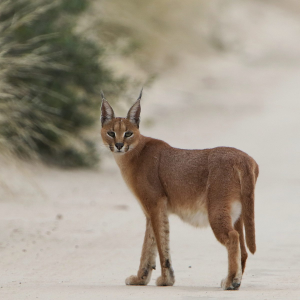
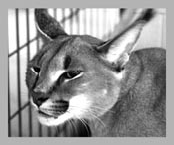
Snow Leopards, Clouded Leopards, and Sunda Clouded Leopards are rarely found in sanctuaries. They mostly reside in AZA-accredited zoos, where they too participate in SSP breeding programs. The IUCN Red List reports that all three species are vulnerable. This doesn’t mean that they aren’t potentially living in fake facilities or facing mistreatment or illegal trade. Unfortunately, it just means that we don’t know it’s happening.
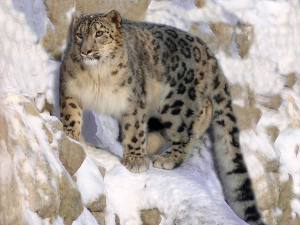
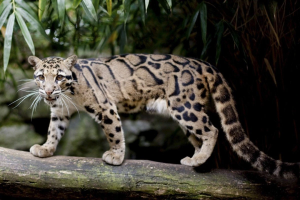
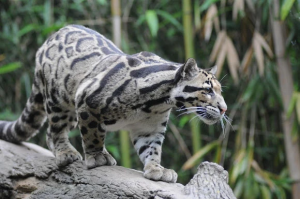
Lastly, retired SSP ocelots can be found in accredited sanctuaries. They’re also rarely found in sanctuaries but may still be suffering in the exotic pet trade in the US without us knowing.
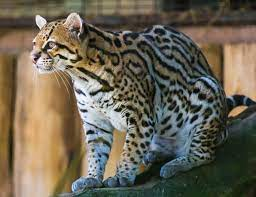
While TCWR is home to about a hundred animals, there are still so many more out there that need our help. The best way to help every single species of exotic cat is to pass the Big Cat Public Safety Act. Find out more on our advocacy page and fight for all exotic cats today.
Source:
